Junkyard Find: 1990 Audi 100 Quattro Sedan

The C3 Audi 100 was sold in the United States badged as an Audi 5000 … until the “unintended acceleration” nightmare nearly killed Audi in North America and the company decided, after a few years of abysmal sales numbers, to go ahead and call this car the 100 over here. Because so few were sold, the 1989-1990 Audi 100s are very, very rare these days.
Here’s one that I spotted in a Denver-area yard a couple of weeks back.
This is a manual-transmission car, and the Unintended Acceleration fiasco was all about the automatic-equipped 5000s. That means you won’t see the big scary “Apply foot brake when engaging Drive or Reverse” stickers near the shifter on 5-speed cars. Thanks to a bit of help from the Reagan Administration earlier in the decade, Ford was able to use similar stickers to avoid recalling 23 million vehicles that tended to pop into reverse with no driver input.
Nearly 200,000 miles on this car, which is pretty good for a (non-Mercedes-diesel) German car of its era.
This car probably wasn’t in terrible shape when it showed up in the junkyard, but anything that goes wrong with a 25-year-old Audi is going to cost plenty to fix.

Murilee Martin is the pen name of Phil Greden, a writer who has lived in Minnesota, California, Georgia and (now) Colorado. He has toiled at copywriting, technical writing, junkmail writing, fiction writing and now automotive writing. He has owned many terrible vehicles and some good ones. He spends a great deal of time in self-service junkyards. These days, he writes for publications including Autoweek, Autoblog, Hagerty, The Truth About Cars and Capital One.
More by Murilee Martin
Latest Car Reviews
Read moreLatest Product Reviews
Read moreRecent Comments
- Theflyersfan I know their quality score hovers in the Tata range, but of all of the Land Rovers out there, this is the one I'd buy in a nanosecond, if I was in the market for an $80,000 SUV. The looks grew on me when I saw them in person, and maybe it's like the Bronco where the image it presents is of the "you're on safari banging around the bush" look. Granted, 99% of these will never go on anything tougher than a gravel parking lot, but if you wanted to beat one up, it'll take it. Until the first warning light.
- Theflyersfan $125,000 for a special M4. Convinced this car exists solely for press fleets. Bound to be one of those cars that gets every YouTube reviewer, remaining car magazine writer, and car site frothing about it for 2-3 weeks, and then it fades into nothingness. But hopefully they make that color widespread, except on the 7-series. The 7-series doesn't deserve nice things until it looks better.
- Master Baiter I thought we wanted high oil prices to reduce consumption, to save the planet from climate change. Make up your minds, Democrats.
- Teddyc73 Oh look dull grey with black wheels. How original.
- Teddyc73 "Matte paint looks good on this car." No it doesn't. It doesn't look good on any car. From the Nissan Versa I rented all the up to this monstrosity. This paint trend needs to die before out roads are awash with grey vehicles with black wheels. Why are people such lemmings lacking in individuality? Come on people, embrace color.






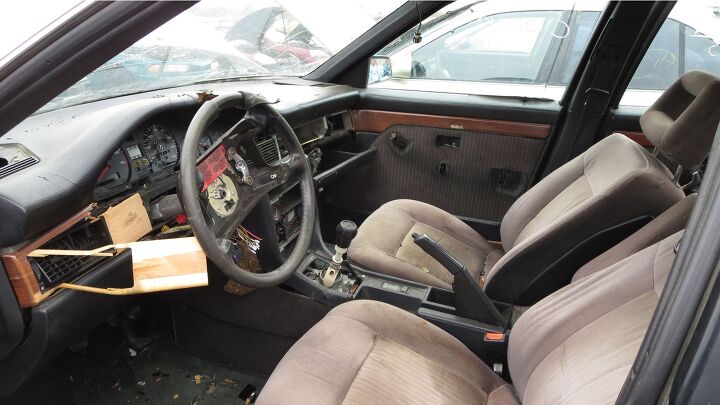
























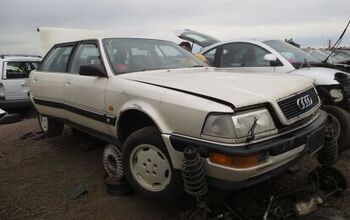
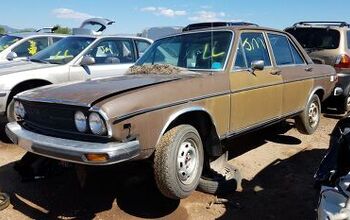
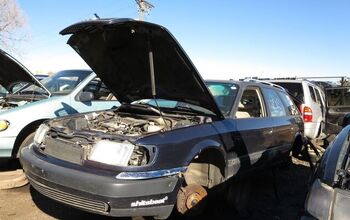
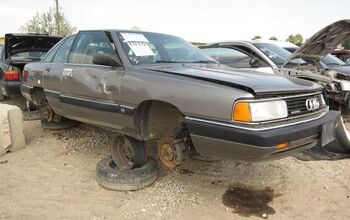














Comments
Join the conversation
Better interiors.. but never forgotten 100LS and 5000. which were are junk.
When these were new I thought they were so wonderfully new and round, but now they just look kind of conservative and square and boxy.